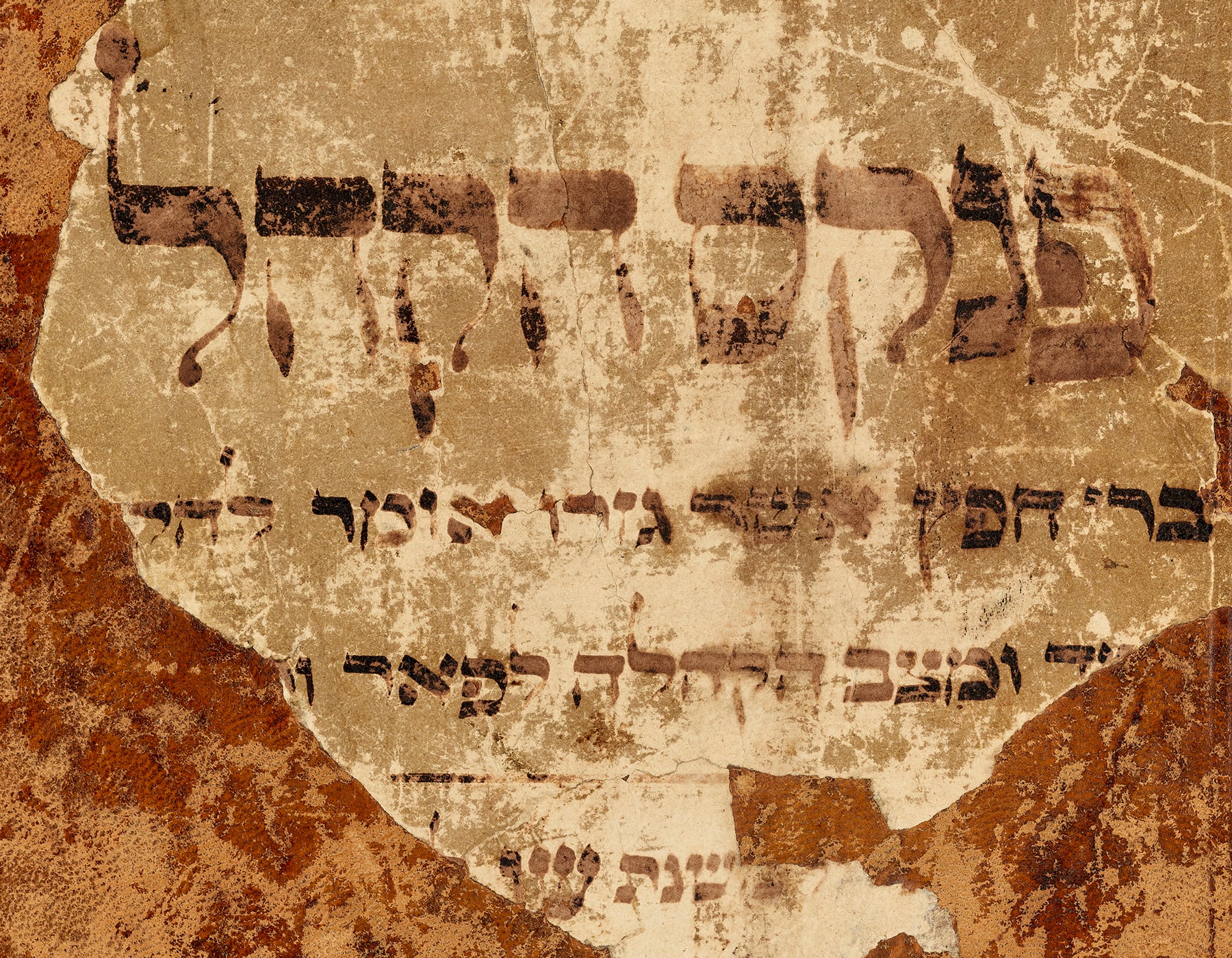
Record for Posterity
Stefan Litt

In October 1614, shortly after the return of Frankfurt’s Jewish community to the ghetto from which it had been expelled for a short period, one of the elders brought back a thick, old volume that he had bought from a Christian, filled with handwritten records in Yiddish and Hebrew. The volume, once belonging to the community, had been stolen during the anti-Jewish riots the previous August. The Christian looter clearly had no idea what he was selling to the Jews, which was nothing less than the main ledger (pinkas kahal) of the community, containing records of its leaders’ crucial decisions since 1546.
For many centuries, the Jewish community of Frankfurt am Main played a leading role for all Jews living in the Holy Roman Empire. Its leaders often functioned as speakers for Jewish interests before the imperial court in Vienna, where the community even had a permanent representative. Many of the elders’ activities were recorded in this ledger, including leadership elections, community statutes, contacts with the non-Jewish authorities, financial transactions, and poverty relief. These records depict a rich community life over a period of more than 250 years. Due to the community’s exceptional position, this volume became regarded as an outstanding document of the early modern Jewish history of Frankfurt and Europe in general.
The ledger’s theft in 1614 was not the direst event it experienced. It also endured two big fires in the city’s Jewish quarter, several expulsions, and its share of devastating wars, none of which caused it much harm, and the ledger has miraculously survived until today. However, the exact circumstances of its survival until the community’s brutal end during the Holocaust remain an unsolved mystery.















